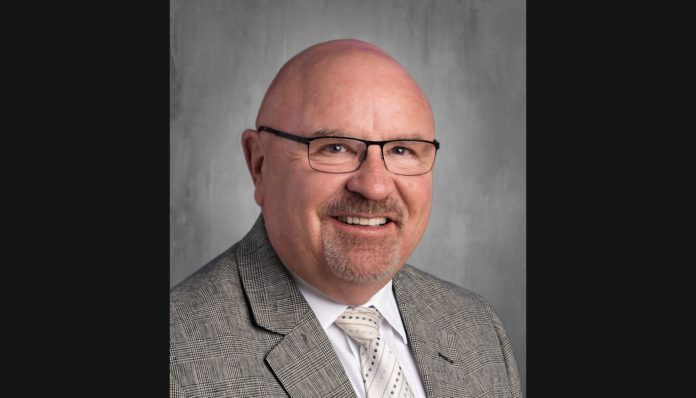It comes as little surprise that the Sedona-Oak Creek School District is looking at a drop in enrollment for the upcoming school year as fewer younger families are moving into the area.
But the good news is, the drop is not as big as some may have expected.
Staff presented the proposed budget for the 2021-2022 school year to the SOCSD Governing Board on Tuesday, June 22. The board took no action, with the budget set to be approved next month.
Finance and Human Resources Director Stacy Saravo reported the budget for the 2021-22 budget will be $5,775,497, which is a decrease of 4% compared to the current year’s budget, which ends Wednesday, June 30.
“We are under the impression that the state budget is going to increase the base level support by almost $85 per pupil for the upcoming school year,” Saravo said. “This will give us a base revenue control limit of just over $5.5 million. This does include the carry-over that we fully anticipate as we finish out FY21 of slightly over $180,000, which is the 3% goal we’ve had.
“We’ll continue to monitor expenditures, while still providing our staff and students with the necessary tools to support their positions.”
Next year’s enrollment is expected to be 699 students, with 372 in kindergarten through eighth grade, 321 in grades 9 though 12 and five online students. This is a decrease from this year’s enrollment of 730.
“We have a PR campaign going on right now,” Superintendent Dennis Dearden said. “We’re hoping to gain some of those students back.”
The capital improvement budget is set at $849,294 and is scheduled to include improving their transportation model, making any necessary building improvements, potential maintenance to the school’s solar panels, replacing aging infrastructure like refrigeration and air conditioning units and ensuring each student has their own Chromebook.
Of the budgeted amount, like other districts or municipalities, wages and benefits make up the bulk of the budget.
SOCSD is no exception, as that line item is budgeted at $4,605,597.
“So when people ask where all the money goes, 80% to 85% go to staff for benefits and salaries,” Dearden said. “So that’s not a lot left over to implement programs and that type of thing.”






